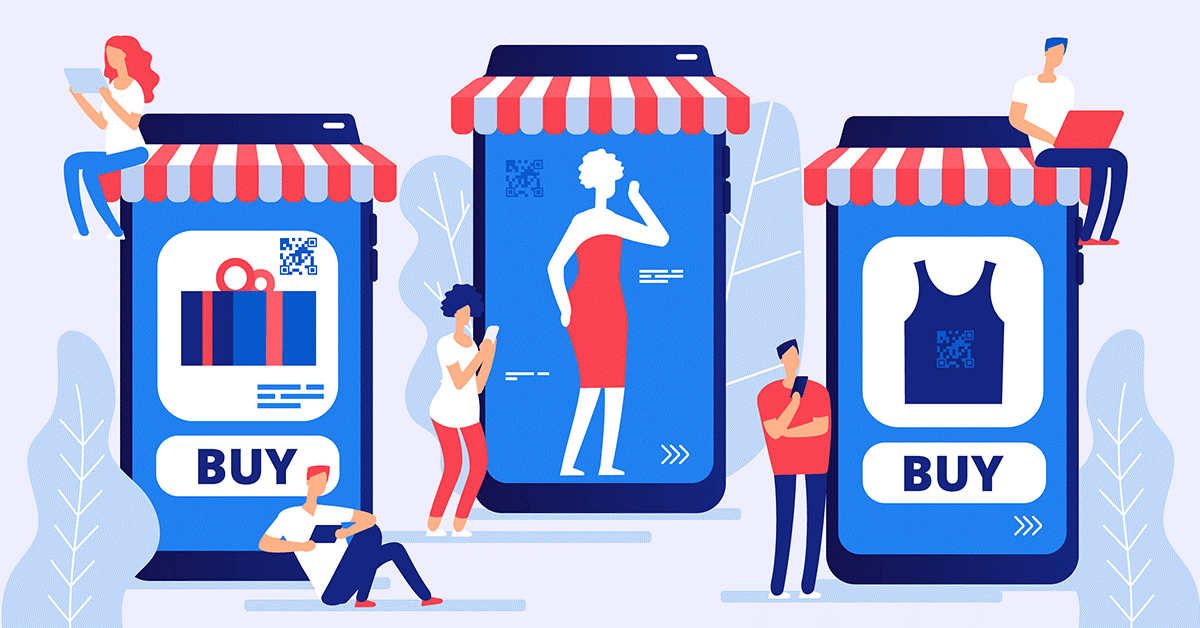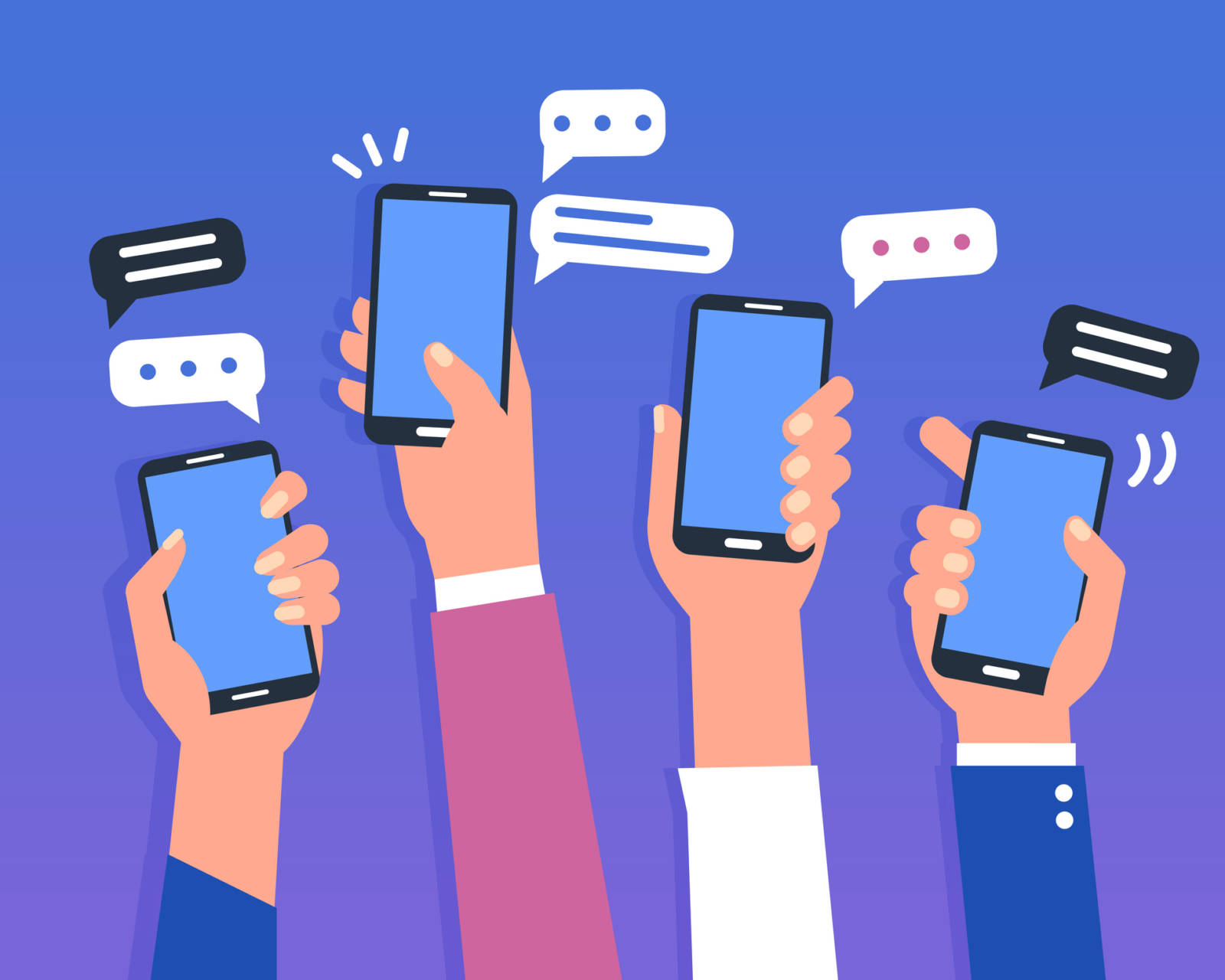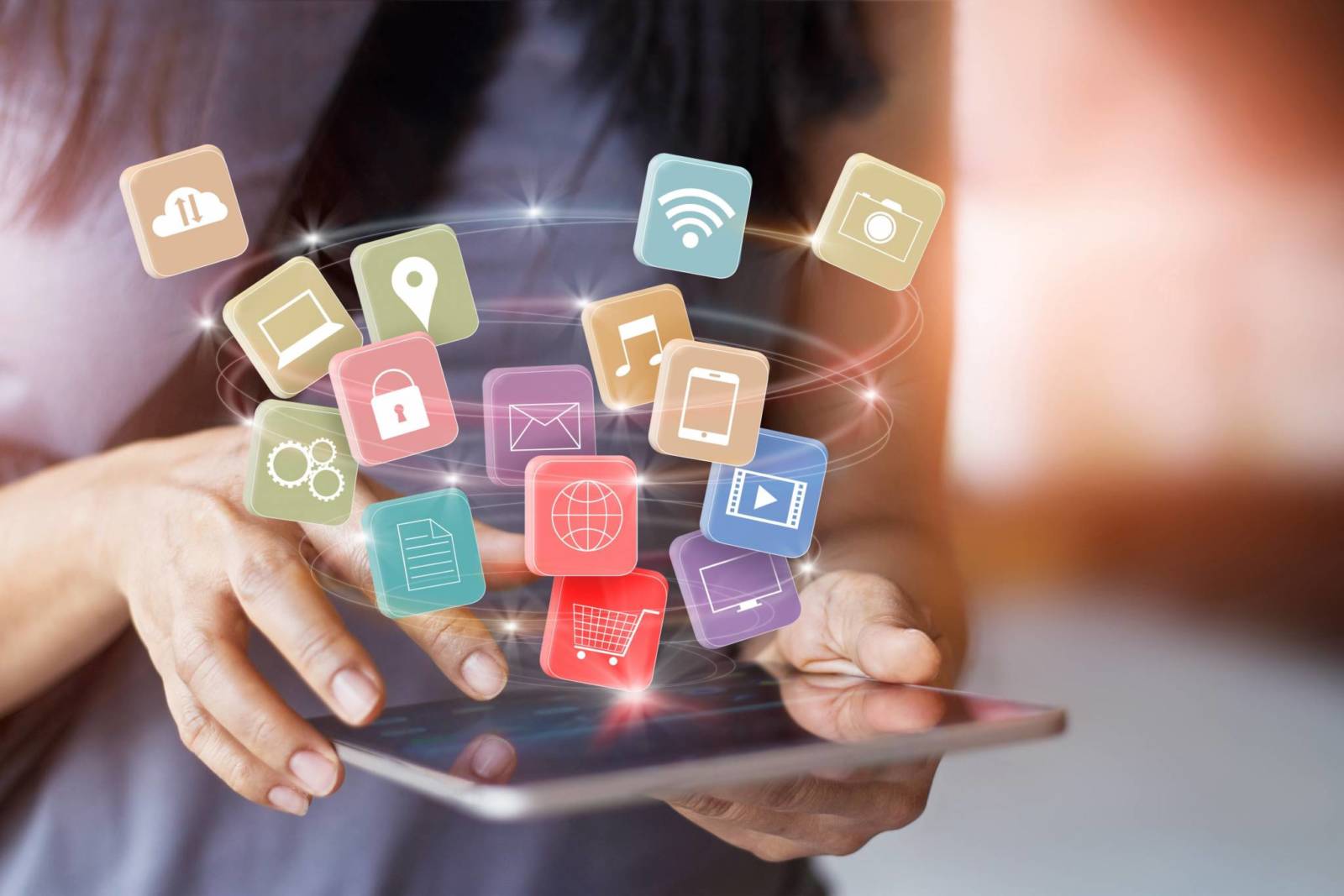The holiday season is fast approaching, and retail businesses are preparing for another boom in sales throughout November and December. Cyber Monday 2019 alone generated over 9.4 billion dollars in the U.S., which is just a small indication of how critical online sales are to holiday shoppers.
Online shopping is more prevalent in 2020 than ever before thanks to the current restrictions placed on traditional retail. With these tips, you can learn how to prepare your retail business for the holiday season while taking advantage of all the capabilities that digital media has to offer.
5 Tips to Prepare for the Holidays
When you prepare your retail business for the holidays, it’s important to find new ways to reach and interact with consumers. Shoppers expect to find what they’re looking for quickly and at an affordable price. A personalized experience can go a long way toward helping someone find the perfect holiday gift for their loved one. These five tips will provide this personalized experience and ensure consumers feel comfortable while shopping.
1. Prioritize Mobile
Using mobile devices to communicate, conduct business, and shop online has become mainstream for the general public across the U.S. That’s why developing a mobile-friendly shopping experience is an essential part of today’s retail engagement strategies.
Shopping sites and applications look different on mobile devices than they do on PCs. It’s important to optimize visuals, text, and interactive components so mobile shoppers can access information easily.
2. Support Multichannel Experiences
Retailers can provide a more holistic experience by using multiple channels to reach potential buyers. Multichannel experiences can make communication between the consumer and the representative more convenient and efficient.
For example, retailers have the power to use apps, SMS messaging, and even live chat to connect with consumers on different types of media.
3. Have Personalized Shopping Experiences
Buyers love it when shopping experiences are tailored to their needs. Personalizing solutions is a great way for retailers to show consumers that they care about them and their interests.
Today, retailers often use the power of data and one-on-one engagement to personalize the customer experience. Real-time messaging and analytics can also help representatives create a more individualized approach.
4. Prepare Customer Service Agents
Customer service agents need to be prepared for the demands of digital sales and engagement. Retailers need agents who can keep shoppers informed and provide useful updates.
Friendly and knowledgeable service agents inspire trust, and they can help build loyalty over time. Consumers who have had positive interactions with a representative are often more likely to return in the future.
5. Use Chatbots

Instead of assigning a customer service agent to answer every question or provide every service, you can prepare your retail business for the holidays by integrating the use of chatbots.
Chatbot technology is highly advanced, capable of finding solutions and answering simple questions for engaged consumers. It also helps potential buyers get answers faster, which saves time in the long run. Quiq’s Conversational Engagement Platform allows you to integrate both AI and human interaction for the optimal customer experience.
How Quiq Can Help You Prepare for This Holiday Season
Messaging and mobile solutions can help retailers everywhere succeed this holiday season. If your retail business needs help preparing for the holidays, Quiq provides a smart and cost-effective way to manage messaging channels. To learn more, contact Quiq for a demo today.


